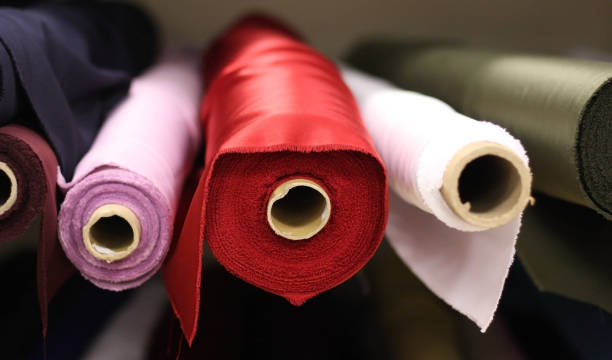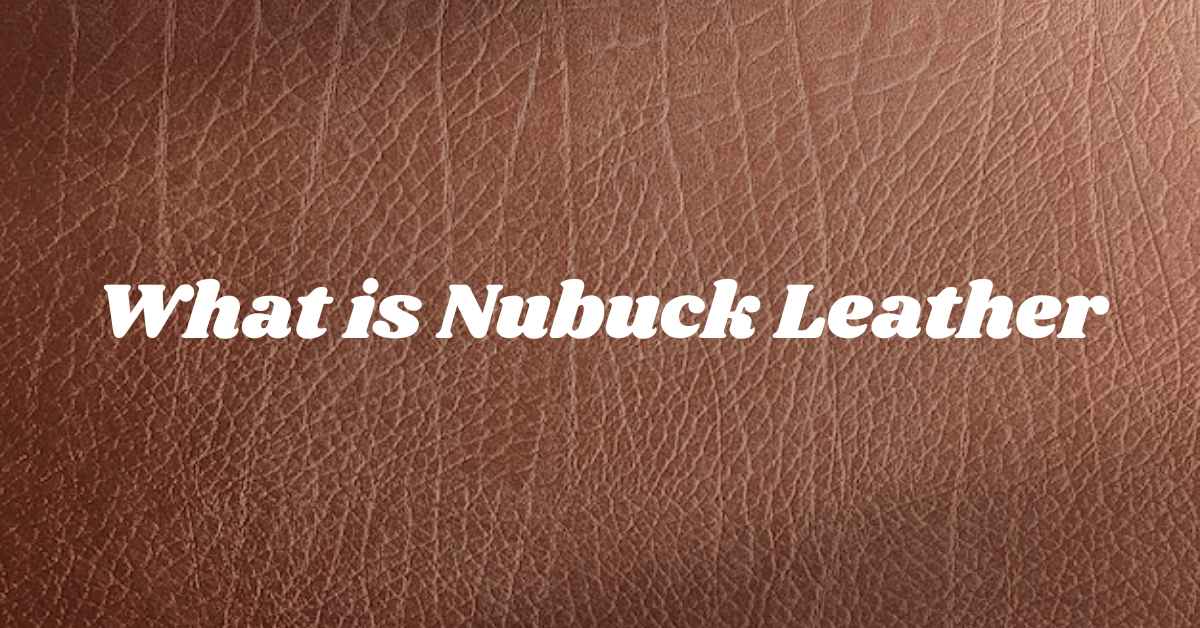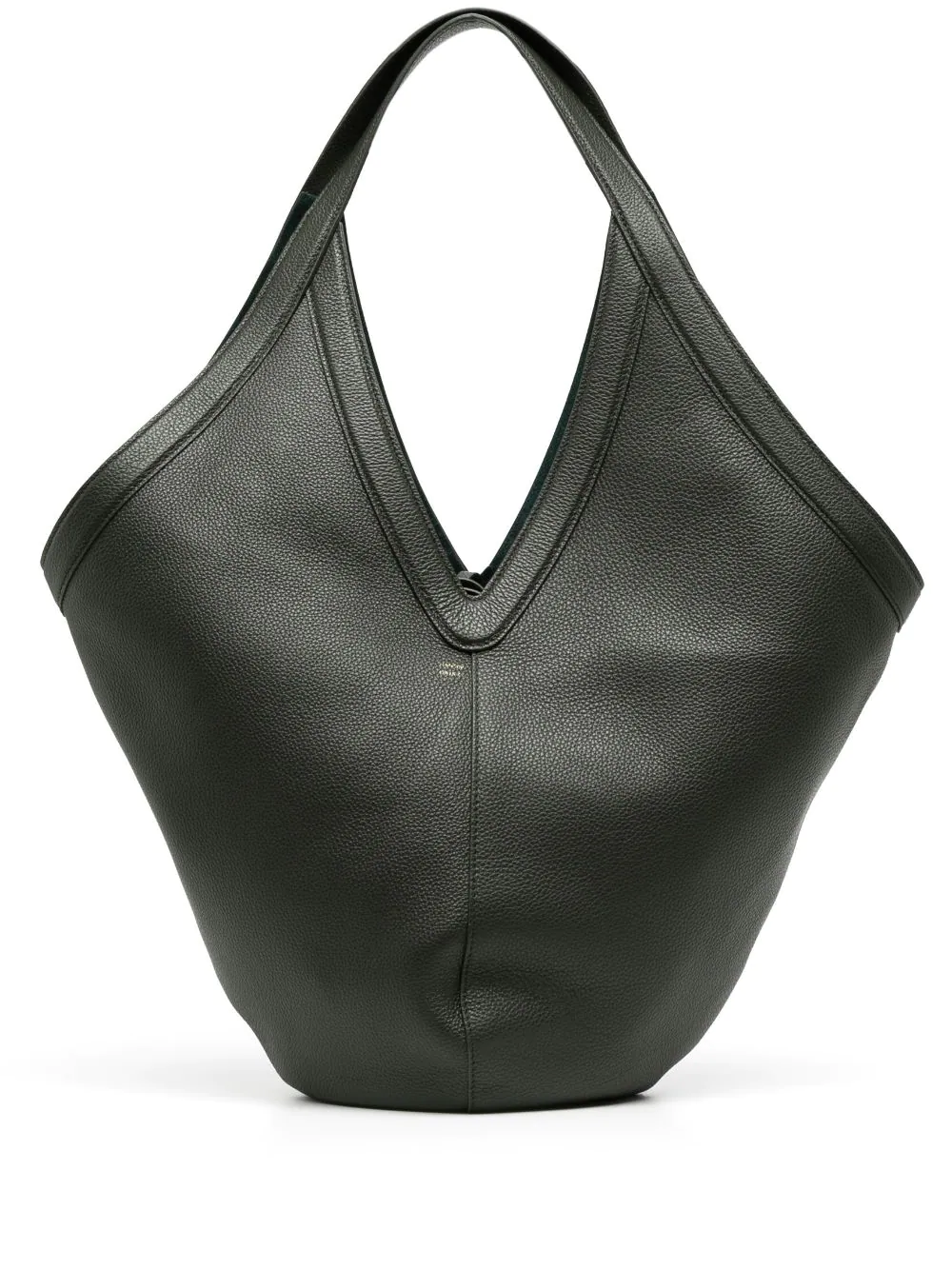Full-grain leather offers unmatched longevity for tote bags. Its dense fibers resist wear and develop a rich patina, making it the superior long-term choice.
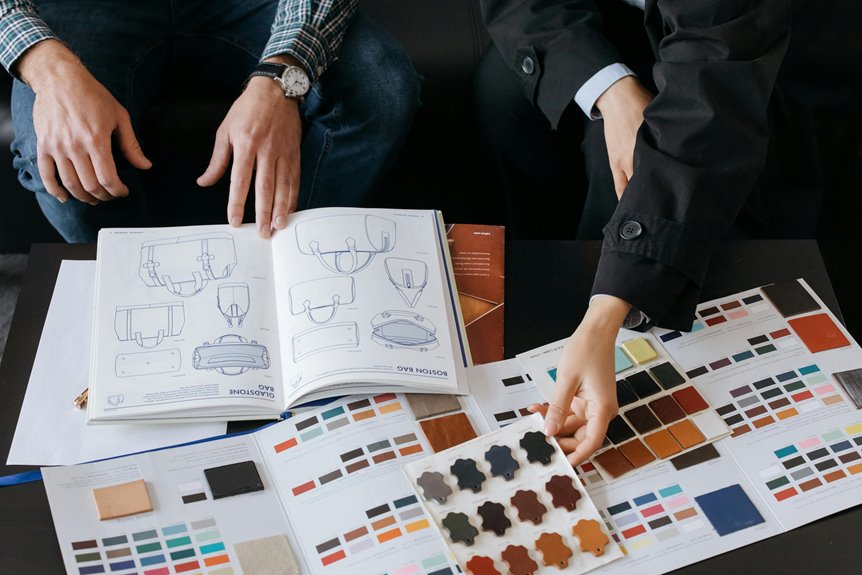
Table of Contents
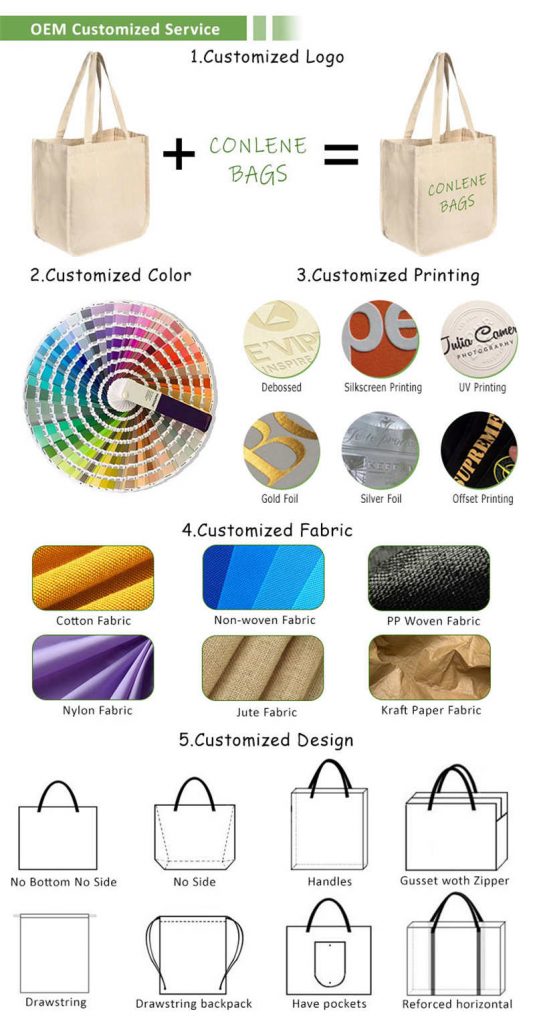
- What Truly Makes a Tote Bag Durable?
- The Pinnacle of Longevity: Leather
- The Everyday Workhorse: Canvas
- Modern Synthetics: Nylon and Polyester
- Eco-Conscious Alternatives: Jute and Recycled Fabrics
- Comparing Key Attributes of Tote Materials
- How Do You Choose the Right Material for Your Lifestyle?
What Truly Makes a Tote Bag Durable?
When assessing a tote bag’s ability to withstand the test of time, the primary material is only part of the story. True durability is a combination of superior materials and meticulous craftsmanship. The inherent strength of the fibers, the density of the weave or hide, and the material’s resistance to abrasion are foundational. A material that frays, pills, or tears easily under stress will inevitably fail, regardless of its appearance.
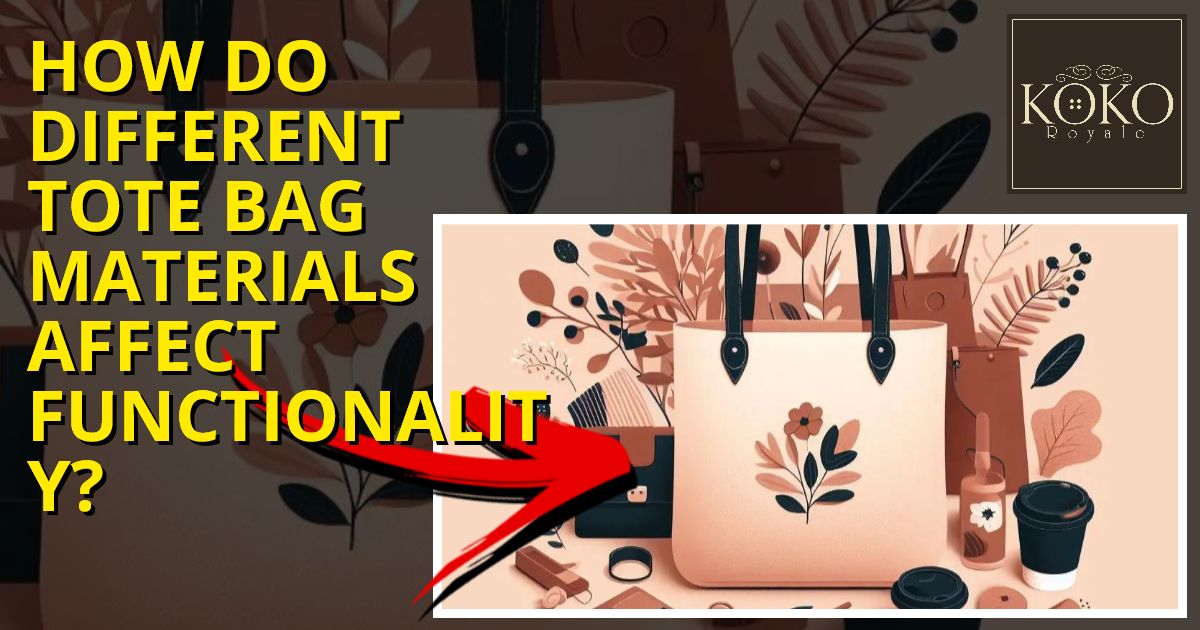
Beyond the fabric itself, look at the construction. High-quality stitching, using thick, resilient thread, prevents seams from splitting under heavy loads. Reinforced corners and handle attachment points are critical, as these are the areas that bear the most strain. Furthermore, the hardware—zippers, clasps, and feet—must be made from solid metal like brass or stainless steel. Flimsy, plated hardware can chip, tarnish, and break, compromising the bag’s functionality and overall lifespan.
The Pinnacle of Longevity: Leather
For those seeking a tote bag that is not just an accessory but a long-term investment, leather stands in a class of its own. Its reputation for durability is well-earned, but not all leather is created equal. Understanding the different grades is essential to making an informed choice.
Full-Grain Leather: The Unrivaled Champion
Full-grain leather is the highest quality grade available. It comes from the top layer of the hide and includes all the natural grain, with its inherent imperfections and dense fiber structure. This makes it incredibly strong, durable, and resistant to moisture and abrasion. Over time, rather than wearing out, full-grain leather develops a beautiful patina—a rich sheen and character that is unique to the owner’s history with the bag. It doesn’t crack or peel like lower-quality alternatives; it simply gets better with age. At Beldtura Leather, we exclusively use full-grain hides because we believe a tote bag should be an investment—a companion that grows more beautiful with every journey.
Other Leather Grades
While full-grain is the gold standard, you may encounter other types. Top-grain leather has the very top layer sanded off to remove imperfections, making it slightly less durable. Genuine leather is a lower-quality layer of the hide, often coated and embossed to look like a higher grade, but lacking the strength of the upper layers. Bonded leather is the lowest quality, made from scraps of leather shredded and bonded together with polyurethane, and it is prone to peeling and falling apart quickly.
Vegan and Faux Leather: A Closer Look
Faux leather, typically made from Polyurethane (PU) or Polyvinyl Chloride (PVC), offers a leather-like look at a much lower price point. While modern versions have improved, they fundamentally lack the longevity of real leather. Over time, faux leather is susceptible to cracking, peeling, and tearing, especially at stress points like handles and corners. It does not develop a patina; instead, it simply wears out and often cannot be repaired, leading to a shorter lifespan and eventual replacement.
The Everyday Workhorse: Canvas
Canvas is a plain-woven fabric celebrated for its strength and versatility, making it a popular choice for casual, everyday totes. Traditionally made from cotton or linen, its durability comes from the thickness of its threads and the tightness of its weave. A high-quality, heavy-grade canvas tote can carry significant weight without tearing, making it ideal for groceries, books, or a day at the beach.
The primary drawbacks of canvas are its susceptibility to staining and moisture absorption. While it can be cleaned, deep-set stains can be permanent. Some canvas totes are treated with wax, creating waxed canvas, which significantly improves water resistance and adds a rugged, aged character over time. However, even the most robust canvas bag generally lacks the sophisticated aesthetic and generational lifespan of a full-grain leather tote.
Modern Synthetics: Nylon and Polyester
Nylon and polyester are the go-to materials for lightweight, functional, and often water-resistant tote bags. Both are synthetic polymers known for their exceptional strength-to-weight ratio. Nylon, in particular, has excellent resistance to abrasion and tearing, which is why it’s commonly used in backpacks and travel gear. Polyester offers great resistance to UV degradation and retains its color well.
These materials are perfect for specific uses, such as a gym bag or a reusable shopping tote, where light weight and resistance to moisture are key priorities. The trade-off, however, is often in the aesthetic and tactile experience. Synthetic fabrics can feel and look less premium than natural materials. While durable against certain types of wear, they can be prone to snagging and do not age gracefully; they simply show wear and eventually break down.
Eco-Conscious Alternatives: Jute and Recycled Fabrics
For the environmentally-minded consumer, materials like jute and recycled fabrics (such as rPET, made from plastic bottles) present an appealing option. Jute is a natural fiber that is biodegradable and requires few pesticides to grow. It creates a coarse, durable fabric perfect for simple, rustic-looking market totes.
While these materials score high on sustainability, their long-term durability can be limited. Jute fibers can become brittle over time and may shed, while the longevity of recycled fabrics can vary greatly depending on the source and manufacturing process. They serve a specific purpose well but typically do not offer the same robust, long-lasting performance as a material like full-grain leather, which can last for decades when cared for properly.
Comparing Key Attributes of Tote Materials
To simplify the decision, this table breaks down the core characteristics of the most common tote bag materials.
| Material | Durability & Longevity | Aesthetics & Style | Maintenance |
|---|---|---|---|
| Full-Grain Leather | Exceptional. Improves with age (patina). Can last for generations. | Timeless, professional, sophisticated. Elevates any look. | Requires occasional conditioning to stay supple. |
| Canvas | Very good. Strong weave can handle heavy loads. Prone to staining. | Casual, relaxed, versatile. Available in many colors. | Spot cleaning or gentle washing. Can shrink if not done properly. |
| Nylon/Polyester | Good. Lightweight yet strong. Resistant to water and abrasion. | Functional, sporty, modern. Can look less premium. | Very low. Easy to wipe clean. |
| Faux Leather (PU/PVC) | Poor to fair. Prone to cracking, peeling, and tearing over time. | Mimics real leather initially but deteriorates with use. | Low. Wipe clean, but damage is often irreparable. |
How Do You Choose the Right Material for Your Lifestyle?
The best tote bag material is ultimately the one that aligns with your daily needs, personal style, and values. Your choice reflects how you intend to use the bag and how long you expect it to last.
For the Daily Professional and Style Enthusiast
If you need a reliable bag for work, client meetings, and everyday elegance, full-grain leather is the clear winner. Its structured silhouette, professional appearance, and unparalleled durability make it a worthy investment. A leather tote communicates sophistication and an appreciation for quality that synthetic materials cannot match.
For the Casual Weekender or Student
For carrying books, groceries, or essentials for a casual outing, a heavy-duty canvas tote is an excellent choice. It is practical, durable enough for heavy items, and has a relaxed aesthetic that fits a less formal lifestyle. Its affordability and ease of care make it a low-stress option for everyday tasks.
For the Gym-Goer or Traveler
When your priorities are light weight and resistance to the elements, nylon or polyester is the most practical option. These synthetics can handle sweaty gym clothes or an unexpected rain shower without issue. They are easy to clean and can be folded down compactly, making them ideal for travel or active use.
Ultimately, when it comes to which material holds up best over time, the evidence points overwhelmingly to full-grain leather. While other materials serve their purpose for short-term or specific uses, only leather possesses the unique ability to not only endure decades of use but to become more beautiful and full of character in the process.

